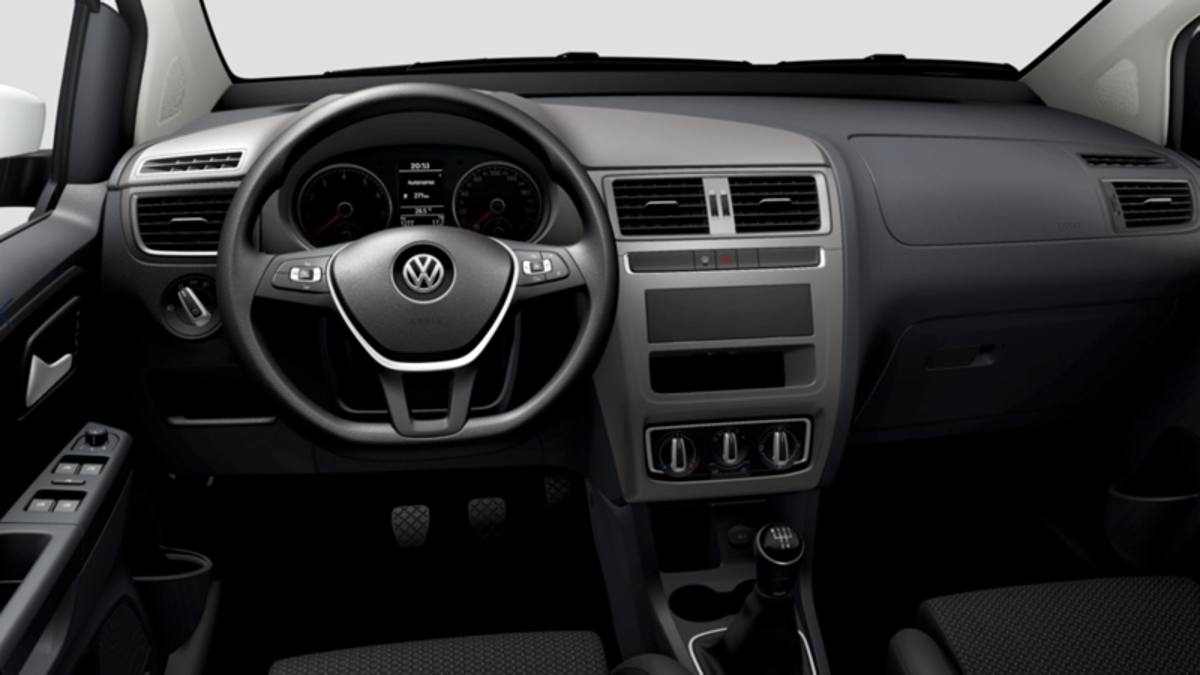Volkswagen’s subcompact is currently not available in the Brazilian price lists with the in-vehicle entertainment system. In its place, a hard plastic cover. The list price has been reduced to compensate for the lower on-board equipment
Edward Lorenz formulated the famous phrase “butterfly effect” in 1962. Born in refined academic contexts, the metaphor is used (and abused) to explain or try to make sense of unusual and global events. Like the semiconductor crisis in the automotive industry: triggered during the pandemic and the first lockdowns in spring 2020 and worsened with the Ever Given container ship accident, which blocked the Suez Canal for a week on 23 March 2021, paralyzing global trade . The most eloquent consequence probably concerns the Volkswagen Fox, sold in Brazil: in the South American country, the car is available without on-board entertainment system. Drivers will not be able to follow the directions of the navigator or even listen to the radio. In its place, a hard plastic cover.
Old model
—
A premise: the Volkswagen Fox itself is a rather outdated model. Built on the basis of the Pq24 platform, in use since the 1990s and also used for the first generation of Skoda Fabia, it is now close to retirement. Within a couple of months, Volkswagen Brazil is expected to debut the nova Voyage, which will replace the now antiquated Fox. In the meantime, the German manufacturer was forced to offer the car without technological integration: a choice that tends to preserve semiconductor reserves and not waste them for a model close to being released from the lists. It is equally probable that behind such a decision there is the desire not to disadvantage much more important markets for volumes such as the European, US and Asian ones. Obviously, the list price has been lowered and in Brazil Volkswagen Fox is available starting from 61,690 real, about 10 thousand euros.
Recovery by 2022
—
The semiconductor crisis is a complex affair for the automotive industry. Analysts believe a recovery scenario is possible by 2022, the less optimistic, for 2023. Many manufacturers have undertaken strategies to safeguard or increase production, investing in automation engineering and developing new technological processes. For car manufacturers, the problem is proving to be colossal, not only because of the obvious criticalities in the assembly line, but also because of the energy transition underway. Electric and electrified cars require an extremely higher amount of chips than traditional engines and combustion; cars are also becoming more and more connected and sophisticated. The great European manufacturers, and not only, are facing challenges never faced before which require planning, courage, investments and, it should be said, microprocessors.
12 August – 15:38
© breaking latest news
.
